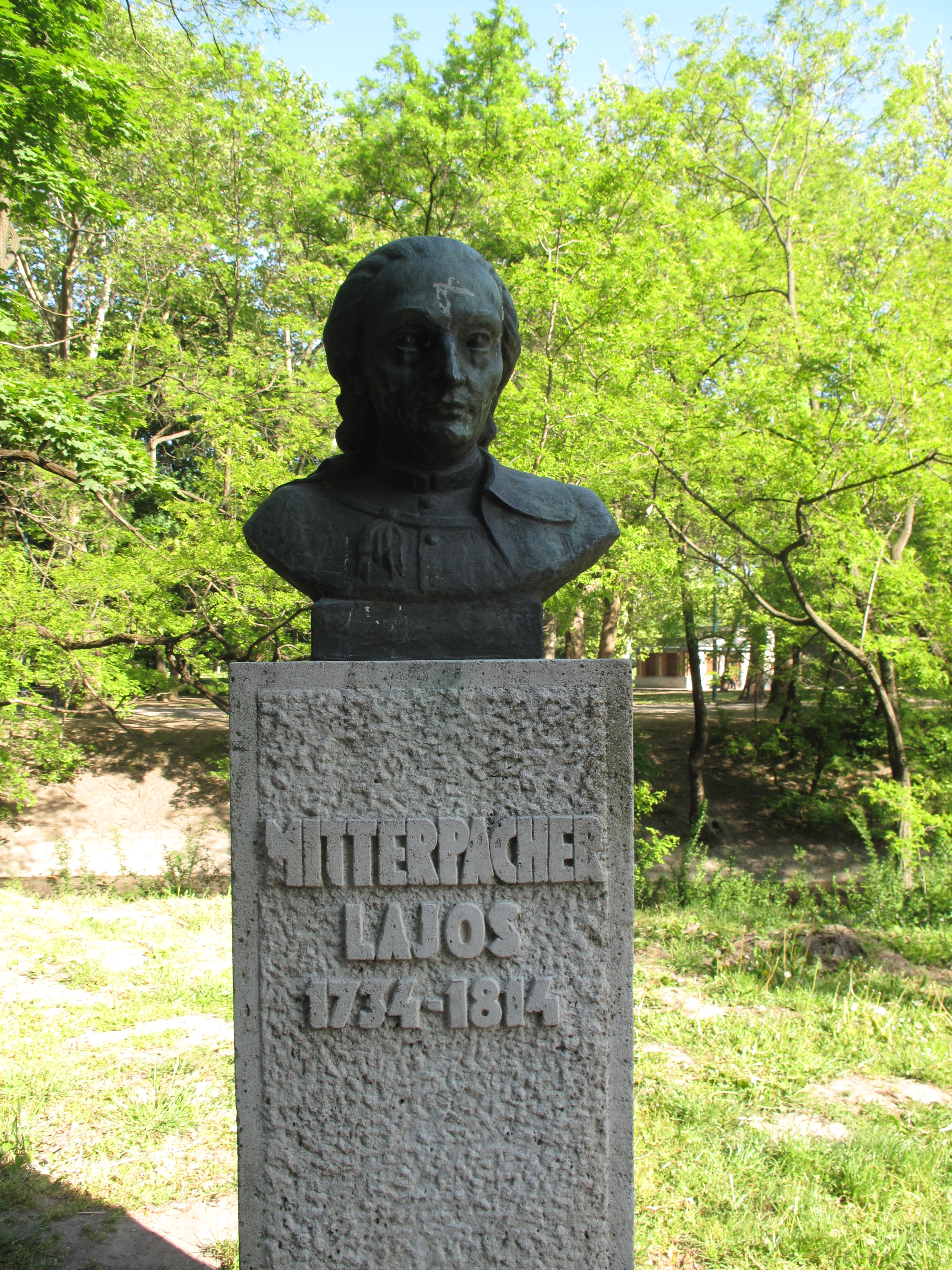|
Accanthopus Velikensis
''Accanthopus velikensis'' is a species of ''darkling beetle'' belonging to the family Tenebrionidae subfamily Tenebrioninae. Synonyms *''Dendarus latissimus'' Stierlin, 1902 *''Enoplopus dentipes'' (Rossi) Porta, 1934 *''Enoplopus velikensis'' (Piller & Mitterpacher) Solier, 1848 *''Helops dentipes'' Rossi, 1790 *''Tenebrio caraboides'' Petagna, 1786 nec Linnaeus, 1758 Description ''Accanthopus velikensis'' can reach a length of . Very characteristic is the tooth on the inner edge of the front femora (hence the Latin word ''dentipes'' in the synonym ''Enoplopus dentipes''). The adults live under the bark of trees and old stumps.Derya Canpolat, Martin Lillig & Abdullah HasbenlAccanthopus velikensis (Piller & Mitterpacher, 1783) – new to the Turkish fauna (Coleoptera: Tenebrionidae/ref> Ecology The adults live under the bark of trees and old stumps. Distribution These beetles are mainly present in Albania, Bulgaria, Croatia, France, Italy, Greece, Serbia and Romania ... [...More Info...] [...Related Items...] OR: [Wikipedia] [Google] [Baidu] |
Matthias Piller
Matthias Piller (1733-1788) was a Hungarian naturalist, zoologist, botanist and geologist. He was the founding Professor of Natural history at the University of Budapest where he maintained large collections of zoological, botanical and geological specimens some of which are in the Hungarian Natural History Museum and the Geological Museum of Hungary. In 1783 with Ludwig Mitterpacher he wrote published in Budapest. References *Horn Horn most often refers to: *Horn (acoustic), a conical or bell shaped aperture used to guide sound ** Horn (instrument), collective name for tube-shaped wind musical instruments *Horn (anatomy), a pointed, bony projection on the head of various ... and Schenkling 1928-1929.''Index Litteratuae Entomologicae'' Horn, Berlin-Dahlem. {{DEFAULTSORT:Piller, Matthias Hungarian scientists Hungarian entomologists 1733 births 1788 deaths ... [...More Info...] [...Related Items...] OR: [Wikipedia] [Google] [Baidu] |
Ludwig Mitterpacher
Ludwig (Ljudevit) Mitterpacher von Pazin, Mitterburg (1734, Bilje, Croatia, Bilje – 1814) was a Hungary, Hungarian agronomist, botanist, zoologist and entomologist. Mitterpacher was a professor of natural history in Budapest working with fellow professor Matthias Piller (1733–1788). He wrote ''Elementa Rei Rusticae in Usum Academiarum Regni Hungariae Budae: Typis Regiae Universitatis, Anno MDCCLXXIX and M. DCC. XCIV''( 1779 and 1794), a study of the theory and practice of agricultural science. and in 1783 with Matthias Piller Iter per Poseganam Slavonia, Sclavoniaeprovinciam mensibus Junio, et Julio Anno MDCCLXXXII susceptum. Regiae Universitatis, Budapest, a 147-page work with 16 plates in which they described new species of Coleoptera and Lepidoptera. Works * ''Kurzgefasste Naturgeschichte der Erdkugel : zum Behufe der Vorlesungen in der k.k. theresianischen Akademie.'' 1774 * ''Anfangsgründe der physikalischen Astronomie.'' 1776 * ''Elementa rei rusticae.'' 1779 * ''Ph ... [...More Info...] [...Related Items...] OR: [Wikipedia] [Google] [Baidu] |
Tenebrionidae
Darkling beetle is the common name for members of the beetle family Tenebrionidae. The number of species in the Tenebrionidae is estimated at more than 20,000 and the family is cosmopolitan in distribution. Taxonomy ''Tenebrio'' is the Latin generic name that Carl Linnaeus assigned to some flour beetles in his ''10th edition of Systema Naturae'' 1758-59. The word means "seeker of dark places" (or figuratively a trickster); an English language analogy is "darkling". Numerous Tenebrionidae species do inhabit dark places, however, there are many species in genera such as ''Stenocara'' and ''Onymacris'', which are active by day and inactive at night. The family covers a varied range of forms, such that classification presents great difficulties. These eleven subfamilies were listed in the 2021 review by Bouchard, Bousquet, ''et al.'', updating a similar catalog from 2005.Bouchard, Patrice. Lawrence, John F. Davies, Anthony E. Newton, Alfred F. Synoptic Classification of the World Te ... [...More Info...] [...Related Items...] OR: [Wikipedia] [Google] [Baidu] |
Tenebrioninae
Tenebrioninae is the largest subfamily of the darkling beetles (Tenebrionidae), containing flour beetles, among others. Tenebrioninae contains more than 20 tribes. Description Adults Adults are robust, mid-sized beetles that typically have elytra with some sort of corrugation on the upper side. They are typically black, dark brown or grey, and often have a satiny sheen. The body is shaped like a medication capsule or like a bullet; the legs can be short and stout or long and spindly. They eat both fresh and decaying vegetation, including vegetable produce, and several are commercially important pests of flour and other cereal products. The subfamily has been characterized as adults having mandibles with the back opposite the cutting edge, without margination and excavated opposite the molar pait; having ocelli arranged in two transverse, crescent shaped or circular groups on each side of head, and with five more or less fused lenses; having antennae with basal articles noti ... [...More Info...] [...Related Items...] OR: [Wikipedia] [Google] [Baidu] |
Tenebrionidae - Enoplopus Dentipes
Darkling beetle is the common name for members of the beetle family Tenebrionidae. The number of species in the Tenebrionidae is estimated at more than 20,000 and the family is cosmopolitan in distribution. Taxonomy ''Tenebrio'' is the Latin generic name that Carl Linnaeus assigned to some flour beetles in his ''10th edition of Systema Naturae'' 1758-59. The word means "seeker of dark places" (or figuratively a trickster); an English language analogy is "darkling". Numerous Tenebrionidae species do inhabit dark places, however, there are many species in genera such as ''Stenocara'' and ''Onymacris'', which are active by day and inactive at night. The family covers a varied range of forms, such that classification presents great difficulties. These eleven subfamilies were listed in the 2021 review by Bouchard, Bousquet, ''et al.'', updating a similar catalog from 2005.Bouchard, Patrice. Lawrence, John F. Davies, Anthony E. Newton, Alfred F. Synoptic Classification of the World ... [...More Info...] [...Related Items...] OR: [Wikipedia] [Google] [Baidu] |

_tribulus_larva.jpg)
